
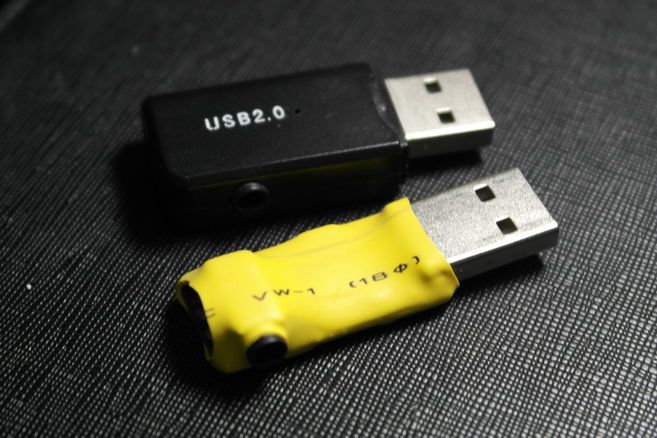
The new UD110, next to the UD100 in TF reader housing.
Spec
Saviaudio SA9027 (USB receiver) + TI PCM5102A (DAC)
Bit depth / Sampling Rate (max): 32bit / 96kHz
Output: 2Vrms line-out via 3.5mm stereo plug
Build Quality
Again, this is pretty similar to the UD100 with bare bone PCB wrapped in yellow heatshrink. The basic construction is nearly the same between the two, but UD110 is about 1cm longer and 1mm or so thicker because it has more chips than its litter brother. Those of you who created the ‘case mod’ by following my instruction to house the UD100 will likely find it more difficult to find a suitable case to house the UD110. I ended up using the case from an old Wireless PC lock USB stick I have, as TF card reader will be too small. For those who don’t have a similar sized case handy, the best alternative will be a USB stick sharped multi-memory card reader or even a good old USB thumb drive.
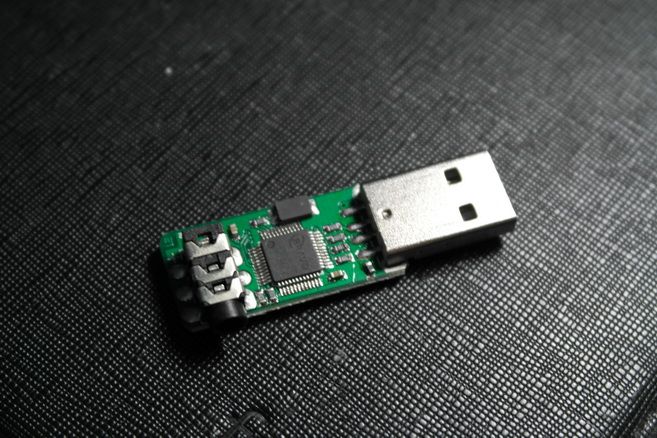
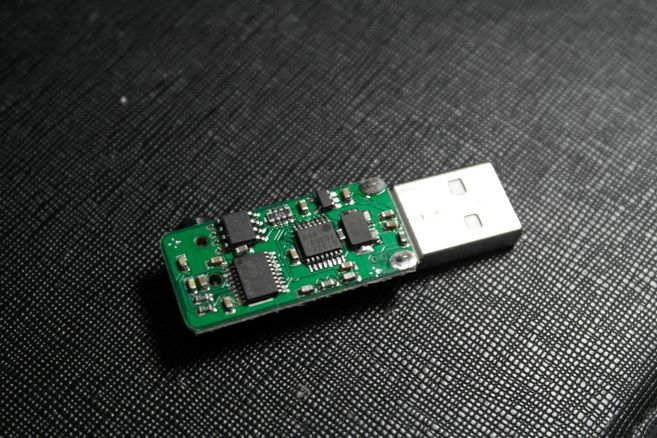
As far as internal components go, the UD110 is nothing like the UD100. First, the USB receiver has been upgraded from the entry level PCM2706 to the better Saviaudio SA9027, which pushes the maximum resolution from 16/48 to 32/96, making dynamic range a non-issue when using software volume control. The DAC chip has been changed from ESS ES9023 to TI’s PCM5102A, which has comparable features (2Vrms line-out and 112dB dynamic range) to the ESS chip but offers up to 32/384 in bit depth / bitrate. Of course, it will be limited by the USB receiver chip to only 32/96. That means HD file upto 24/96 should be fine, but 24/192 won’t be supported. For those who have not noticed, the SA9027 + PCM5102A combo has actually been employed on the VentureCraft’s SounDroid Typhoon as well. Like the Typhoon, you need a dedicated driver to use it under Windows (which also lets you select the bit depth / bitrate), presumably because Microsoft is too lazy to include the USB Audio Class 2 driver inside their OS. The driver also enables ASIO support. Mac and Linux should have native playback support, but you won’t be able to select bit depth / bitrate and there is no telling whether the full 32/96 will be supported or not.
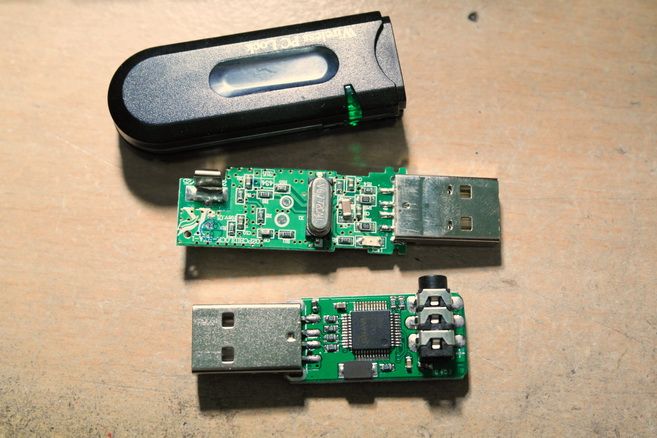
An old Wireless PC Lock USB key is the donor for the housing.
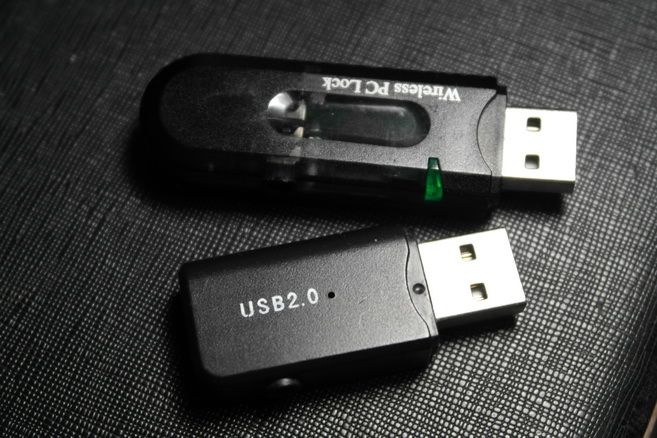
Sound Quality
As usual, I did some RMAA measurement on the UD110, comparing it to both UD100 and iDAC. If you have read my iDAC review before, you will know there is a limitation to much far RMAA measurement can go to indicate SQ. Generally speaking it is easier to use RMAA to detect anomaly rather than how good a gear goes. Same applies here as well. As far as the result goes, UD110 is near identical to that of UD100. iDAC is slightly better but we are talking a dB or two here and there, and those are not significant enough to say one is better / worse than another. Frequency response is flat from 20Hz to 20 kHz. Noise is low, channel separation is just as good. I didn’t bother to measurement ODAC this times as I know it will give pretty much the same result as UD100 and iDAC. Output impedance is measured and calculated to be around 480ohm, which is fine for line-out. Line-out voltage is a full swing 2.06Vrms and it can be software controlled. While it is not that great an idea to use software volume control on the UD100 because of the fear on reducing dynamic range, it should be totally fine on the UD110 now. Still UD110, like UD100, is not meant to drive any headphone directly. You will get better performance when feeding it to a headphone amp first.
Subjective listening wise, by feeding both to an O2 for A/Bing, the difference between UD100 and UD110 can be described as being fairly subtle. Both are without a doubt quite excellent on their own right, but they share much more similarities than differences. If I have to make up a number, I’ll say they are probably 90% alike. Both are well resolved and detail, but UD100 sounds slightly more lean and neutral, while UD110 takes on a slightly lusher, fuller tone. This is especially noticeable over lower mid to bass range – vocal is just a little fuller on the UD110 and the bass is ever so slightly more impactful. This is actually fairly classic, at least in my opinion, between the ESS’ and TI’s chips. I have observed the same characteristic over ES9018 vs. PCM1972, the top-of-the-line DAC chip from both companies. However, do note that this is not something very noticeable unless you have the chance to listen to both at the same time.
Sum-up
So does the UD110 come out a winner compared to UD100? On its own, yes without a doubt. But putting them together, I won’t call UD110 a significant upgrade in the sonic department. I like the fact that UD110 sounds richer and lusher over UD100 while keeping the same resolution and soundstage, but it isn’t going to be twice or thrice as good or going to ‘blow your mind’, so to speak. If you already own an UD100 and have no plan to make small step of improvement on your upgrade plan, then you can skip the UD110 without missing out too much. But if you are just looking for a tiny USB DAC with a great sound, this is the one to get.
A thank to Stoner Acoustics for the UD110 sample





